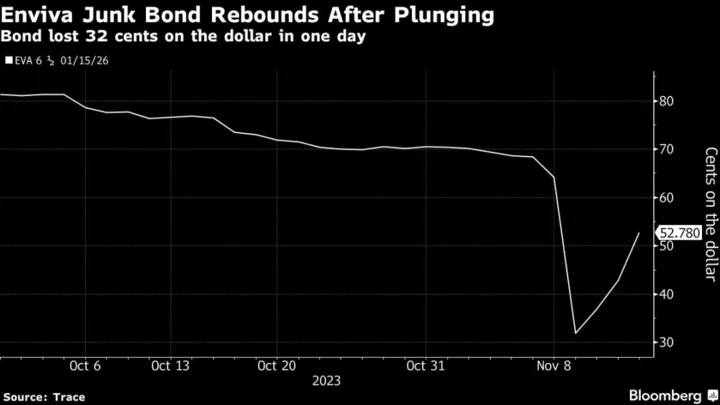LOS ANGELES (AP) — Sales of previously occupied U.S. homes edged higher in May and the national median sale price posted its biggest annual drop in more than a decade, even as the supply of available properties sank to an all-time low.
Existing home sales rose 0.2% last month from April to a seasonally adjusted annual rate of 4.3 million, the National Association of Realtors said Thursday. That’s slightly above what economists were expecting, according to FactSet.
Sales sank 20.4% compared with May last year. That marks 10 consecutive months of annual sales declines of 20% or more.
The national median home price fell 3.1% from May last year to $396,100, the NAR said. The year-over-year decline is the biggest since December 2011, when the housing market was still on the mend following the mid-2000s housing bust.
The latest housing market figures are more evidence that even with prices easing back after rising for more than a decade many house hunters are being held back by a persistently low inventory of homes for sale.
“There's simply not enough inventory,” said Lawrence Yun, the NAR’s chief economist.
All told, there were 1.08 million homes on the market by the end of May, down 6.1% from a year earlier, the NAR said. That’s the lowest inventory on records going back to 1999, and well-below pre-pandemic levels.
The shortage of homes for sale has kept the market competitive, driving bidding wars in many places, especially for the most affordable homes.
The U.S. housing market has yet to emerge from a slump that started a little more than a year ago, when the average rate on a 30-year mortgage began to climb from ultra-low levels as the Federal Reserve began raising its short-term rate in its fight against inflation.
Global demand for U.S. Treasurys, which lenders use as a guide to pricing loans, investors’ expectations for future inflation and what the Fed does with interest rates influence rates on home loans.
The average rate on a 30-year home loan is still more than double what it was two years ago, when the ultra-low rates spurred a wave of home sales and refinancing. Weekly average rates on a 30-year mortgage ranged between 6.39% and 6.57% in May, according to mortgage buyer Freddie Mac.
Higher mortgage rates can add hundreds of dollars a month in costs for homebuyers on top of already high home prices. They also discourage homeowners who locked in those low rates two years ago from selling -- one reason the supply of homes for sale has been low even during the traditionally busy spring homebuying season.









